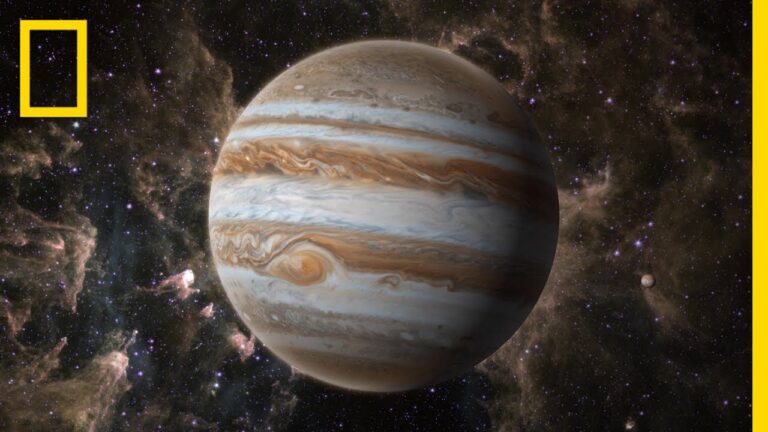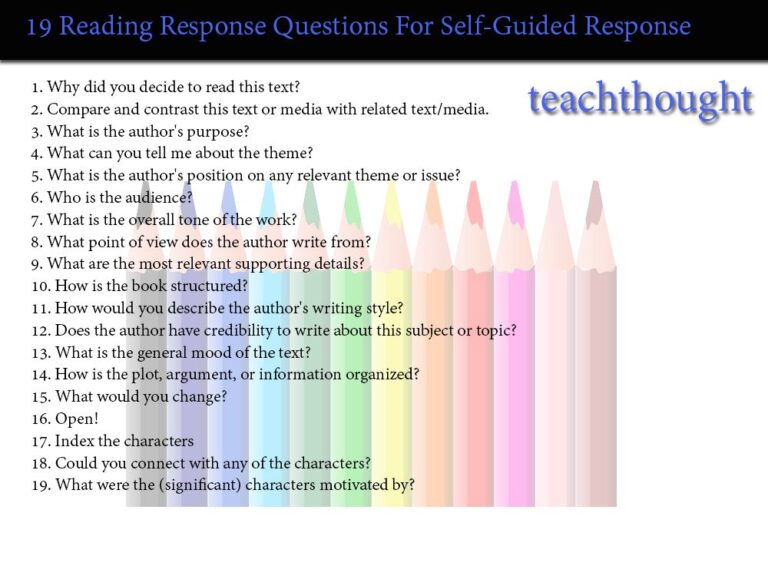by LearnThought Staff
The blue color of the sky is a result of a phenomenon called Rayleigh scattering. The Earth’s atmosphere comprises various gases and particles that scatter sunlight as it passes through. Blue light has a shorter wavelength and is scattered more easily than other colors because of its shorter wavelength.
During the day, when the sun is higher in the sky, the sunlight has to pass through more of the Earth’s atmosphere. The shorter blue wavelengths are scattered in all directions by the gases and particles in the atmosphere, causing the sky to appear blue to our eyes.
At sunrise and sunset, the sun is lower in the sky, and its light has to pass through a thicker layer of the atmosphere. This causes even more scattering of the shorter wavelengths, allowing longer wavelengths (like red and orange) to dominate the colors we see, leading to the beautiful hues of a sunrise or sunset.
In short, the sky appears blue because of the scattering of sunlight by the atmosphere.






